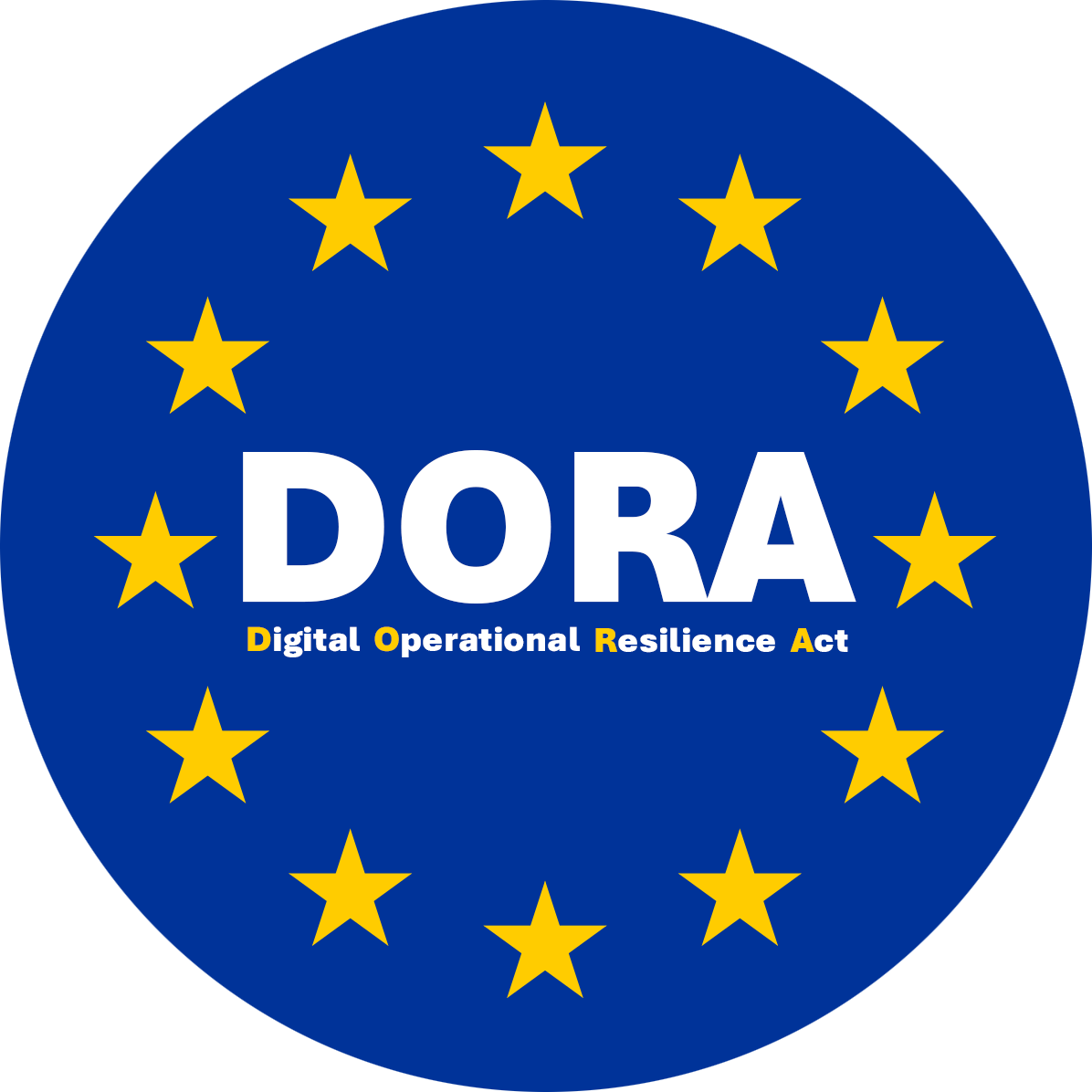NETSYSTEM will support you step by step through the DORA audit and your compliance, with a tailor-made approach combining cybersecurity, IT risk management, governance and audit.
Since January 2025, the DORA regulation has required financial entities to strengthen their digital operational resilience across 5 pillars.
DORA (Digital Operational Resilience Act) is a detailed and comprehensive regulatory framework on digital operational resilience for financial entities.
Its aim is to ensure business continuity in the event of a major digital incident, through improved IT risk management, robust governance and clear requirements for third-party service providers.
The DORA regulations apply to all regulated financial entities: banks, insurers, fintechs, asset management companies, investment firms, information service providers (ISPs), etc.
The main objective is to professionalise IT security for financial entities in order to limit risks and guarantee service continuity.
Main issues :
ICT risk management
Management and reporting of ICT incidents and cyber threats
Digital operational resilience testing
ICT provider risk management
Non-compliance can result in financial penalties, withdrawal of approval or major reputational damage.
But over and above these penalties, the major risk is obviously that the entity’s business will be jeopardised in the event of a cyber attack.
This depends on your initial level of maturity. On average, it takes between 6 and 12 months to achieve full compliance.
NIS2 is aimed at broader critical sectors. DORA is specifically designed for the financial sector, with a stronger operational and regulatory focus.

KERIALIS, a social protection institution dedicated to the legal and accountancy professions, offers supplementary health, provident, long-term care, end-of-career and retirement benefits, as well as a range of services to support its policyholders on a day-to-day basis.
The organisation wanted to improve its operational resilience by complying with the DORA regulations specific to its business sector and, more generally, to financial services companies.
"KERIALIS was looking for a service provider to help us comply with the requirements of the DORA regulation.
We chose Netsystem because of the speed with which they contacted us, the quality of their discussions and the speed of their response.
NETSYSTEM is an agile organisation with a strong capacity to adapt and experienced CISOs, particularly in the cybersecurity aspects of DORA."Marie LEAO, Fonction clé conformité et Responsable du contrôle permanent chez KERIALIS
DORA is a tremendous opportunity for financial entities to upgrade their cybersecurity and ensure the resilience of their organization.
This text is not limited to a simple compliance framework: it imposes a real transformation in IT governance, critical service provider management, incident preparedness and business continuity.
At NETSYSTEM, we support our customers not only in meeting the requirements of the regulation, but above all in deriving structural benefit from it. Our approach is based on a strategic vision, tried and tested methods, and an ability to make technical issues tangible for business and regulatory departments.
For us, DORA is an opportunity to reinforce digital confidence throughout the financial ecosystem. And that's precisely our role: to build more robust, more transparent and more resilient organizations.Vincent FERRARA, Head of Digital Trust practice
